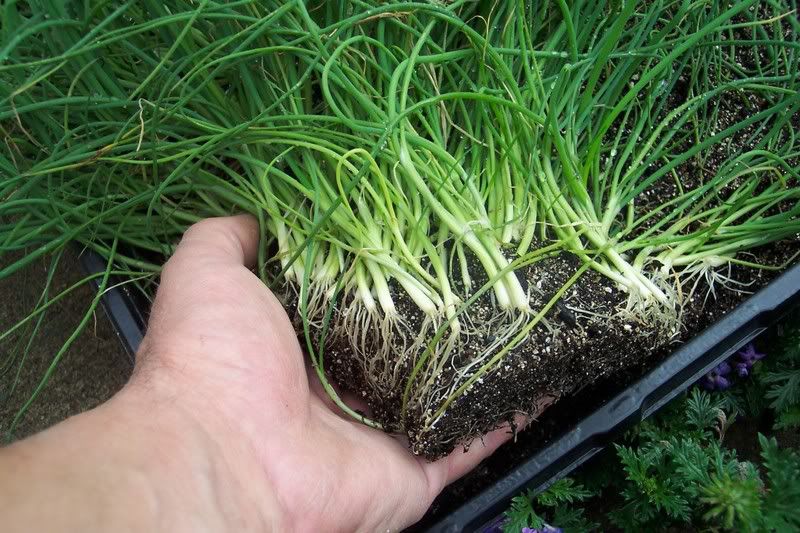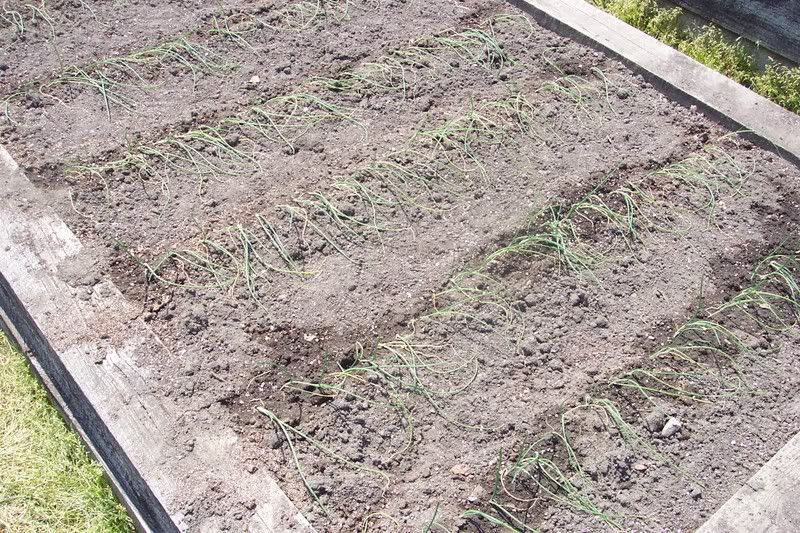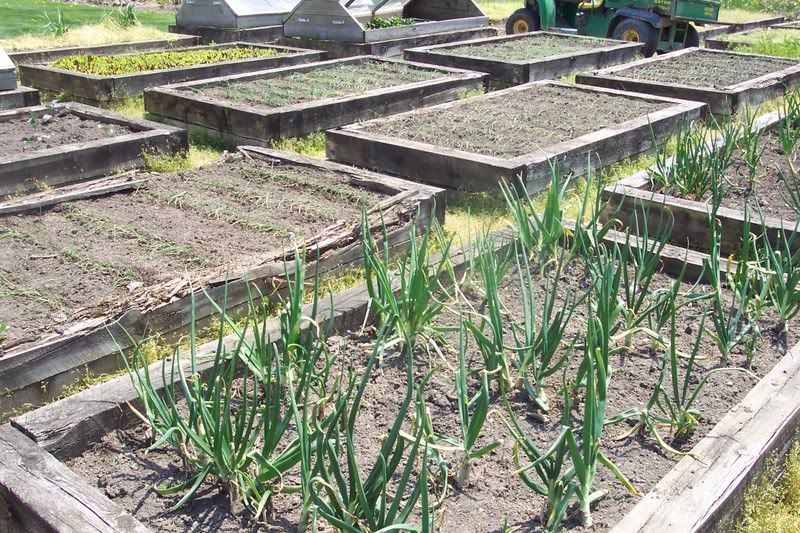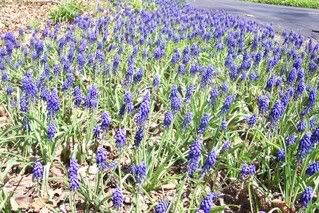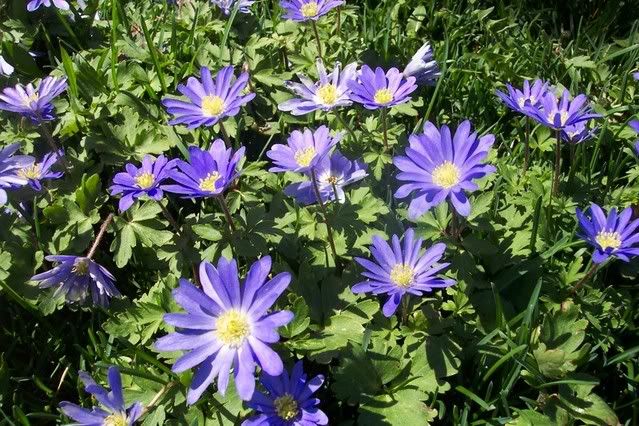The lovely weather we had on Mother’s Day Weekend, even though it was coolish, really got me itching to put my annuals outside to start hardening them off. But then, we had ice on the birdbath so I had to curb my impulse. Still, I thought “this week I should be able to get those plants out there, maybe by the end of the week.” Now, I don’t think I will take the chance. It is supposed to get down to 39 degrees on Wednesday Night and down to 43 the next night. Its still too chancey. I like to have my annuals outside in a sheltered place for a week before I actually plant them. So these cold nights will delay my planting dates for maybe another week.
For hardening off annuals and vegetables seedlings, the best way is to gradually acclimate them to the outside. At home with just a few plants you could put them out on the east side of a shrub, tree or building if it is not a breezy location. Just a few hours of sun the first day, a couple more hours the second day, 6 hours the third day. Make sure they don’t dry out. A dry, breezy day with suck the water right out of them. If you are a working person, start doing this routine on the weekend and then by the time Monday comes you’ll be up to 6 hours and they won’t need so much babying. But don’t forget to water them before you rush off to work.
To make it slightly easier, let the movement of the sun do the work for you. Put the plants just a little ways a way from the shrub, tree or building on the east side. The shadow of the shrub should start to creep over the plant at just about the right time. The next day, move the plants farther away so the shadow doesn’t hit them till 2 hours later. And then move them even farther away the next day. Keep a eye on the frost and make sure you water when needed.
Tomatoes, Peppers, Eggplants and Salvias are a few that do not like temperatures below 50 degrees. So wait alot lot longer before you put them out.
I got to quit now and bring my houseplants inside from on the porch! Bye now, Judy
